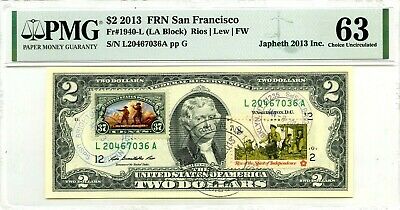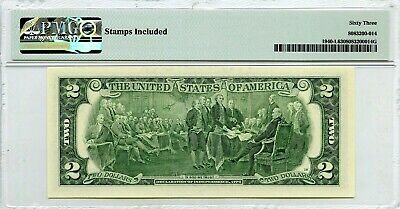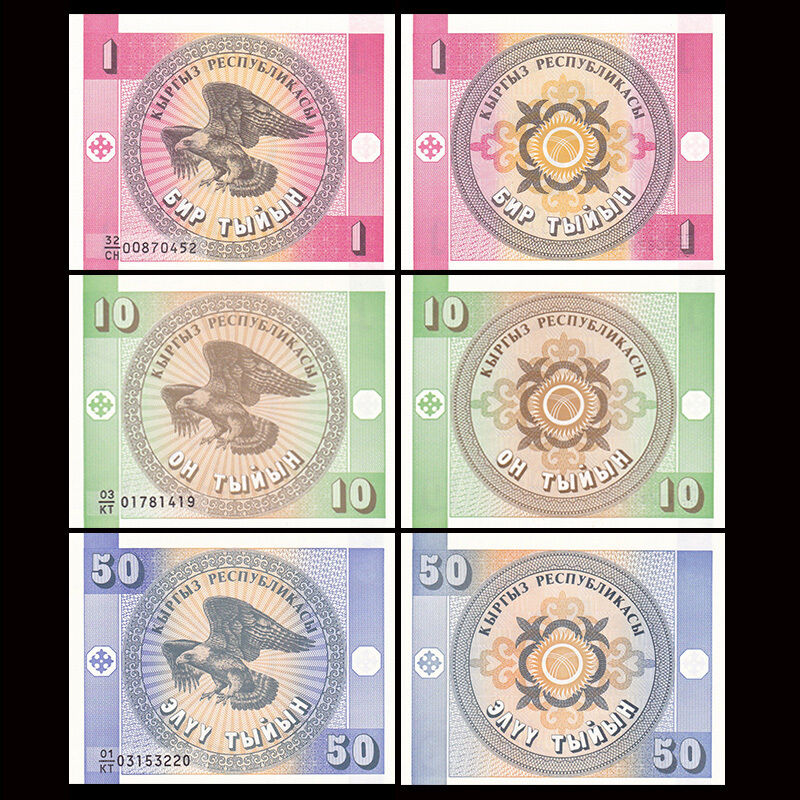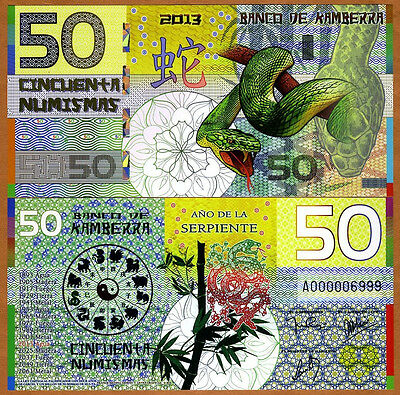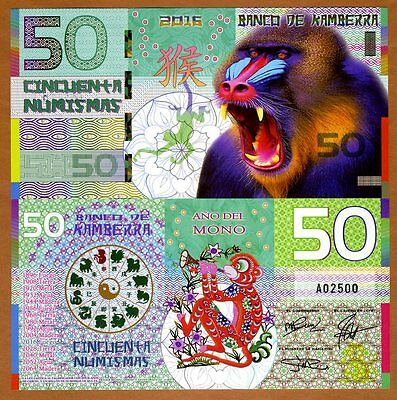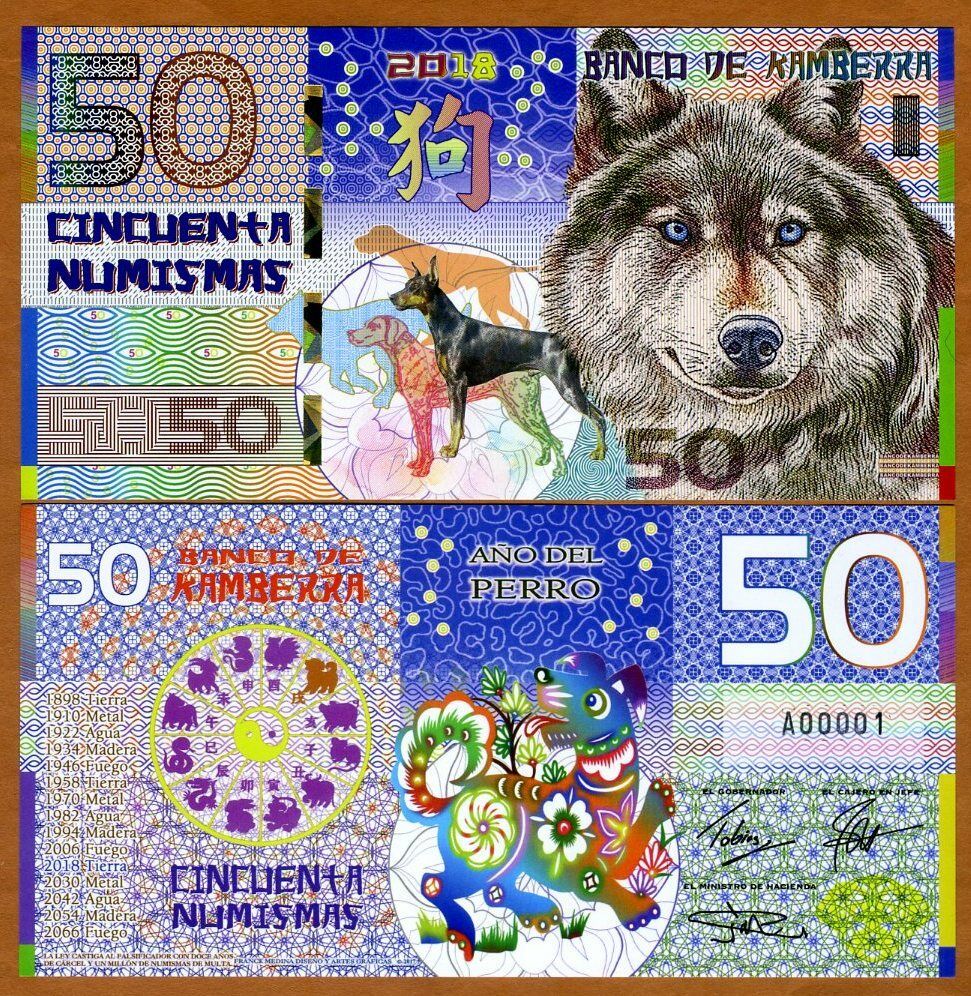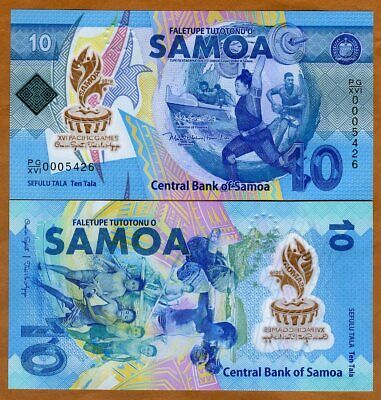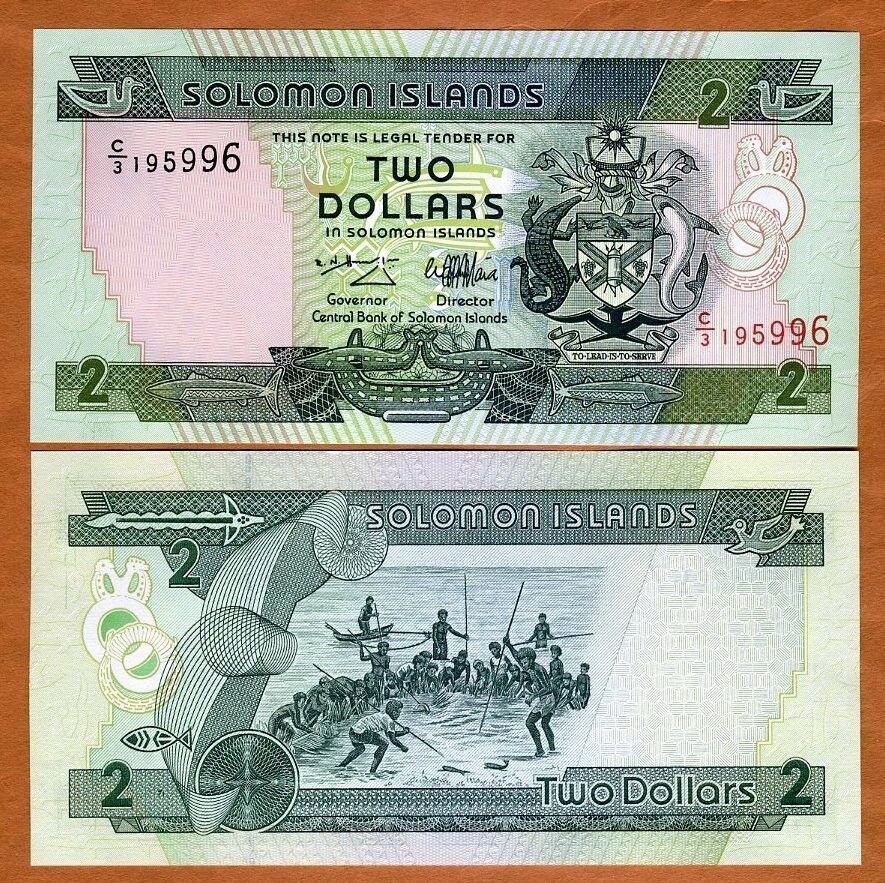-40%
DOLLARS 2013 STAMP CANCEL SPIRIT 76 & LEWIS CLARK TOGETHER LUCKY MONEY 00
$ 1584
- Description
- Size Guide
Description
DOLLARS 2013 STAMP CANCEL SPIRIT 76 & LEWIS CLARK TOGETHER LUCKY MONEY 00F - 1940 L (L
A Block)
Rios I Lew
S/N L 20467036 A
CH UNC 63
The face side has two postage stamps
1973 COMMEMORATIVE S
8 c, DRUMMER
2004 LEWIS & CLARK BICENTENNIAL
37 c, LEWIS & CLARK TOGETHER
Also has post seals: APR 13, 2013 & JAN 8, 2014 & APR 13, 2015
(seal 100% guarantee )
The Lewis and Clark Expedition from August 31, 1803, to September 25, 1806, also known as the Corps of Discovery Expedition,
was the United States expedition to cross the newly acquired western portion of the country after the Louisiana Purchase.
The Corps of Discovery was a select group of U.S. Army
and civilian volunteers under the command of Captain Meriwether Lewis and his close friend Second Lieutenant William Clark.
The expedition made its way westward, and crossed the Continental Divide of the Americas before reaching the Pacific Coast.
President Thomas Jefferson commissioned the expedition shortly after the Louisiana Purchase in 1803 to explore and to map the newly acquired territory, to find a practical route across the western half of the continent,
and to establish an American presence in this territory before European powers attempted to establish claims in the region.
The campaign's secondary objectives were scientific and economic:
to study the area's plants, animal life, and geography, and to establish trade with local Native American tribes.
The expedition returned to St. Louis to report its findings to Jefferson, with maps, sketches, and journals in hand
One of Thomas Jefferson's goals was to find
"the most direct and practicable water communication across this continent, for the purposes of commerce."
He also placed special importance on declaring US sovereignty over the land occupied by the many different Native American tribes
along the Missouri River, and getting an accurate sense of the resources in the recently completed Louisiana Purchase.
The expedition made notable contributions to science, but scientific research was not the main goal of the mission.
During the 19th century, references to Lewis and Clark "scarcely appeared"
in history books, even during the United States Centennial in 1876, and the expedition was largely forgotten.
Lewis and Clark began to gain attention around the start of the 20th century.
Both the 1904 Louisiana Purchase Exposition in St. Louis
and the 1905 Lewis and Clark Centennial Exposition in Portland, Oregon showcased them as American pioneers.
However, the story remained relatively shallow until mid-century as a celebration of US
conquest and personal adventures, but more recently the expedition has been more thoroughly researched.
In 2004, a complete and reliable set of the expedition's journals was compiled by Gary E. Moulton.
In the 2000s, the bicentennial of the expedition further elevated popular interest in Lewis and Clark.
As of 1984, no US exploration party was more famous, and no American expedition leaders are more recognizable by name
